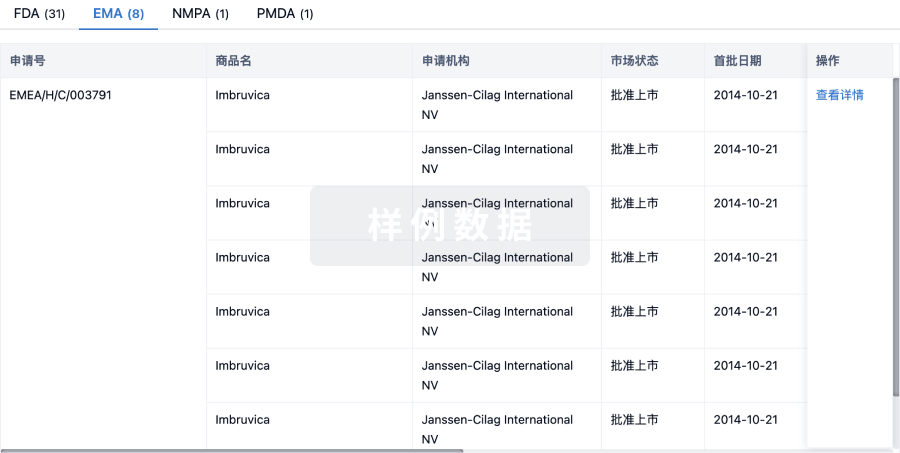1区 · 综合性期刊
ArticleOA
作者: Leroux, Florence ; Enée, Emmanuelle ; Gauriot, Marion ; Jahklal, Jouda ; Hennuyer, Nathalie ; Totobenazara, Jane ; Cantrelle, François-Xavier ; van Endert, Peter ; Lippens, Guy ; Sevin, Emmanuel ; Duplan, Isabelle ; Paquet, Charlotte ; Hermant, Paul ; Herledan, Adrien ; Charton, Julie ; Piveteau, Catherine ; Dassonneville, Sandrine ; Woitrain, Eloise ; Deprez-Poulain, Rebecca ; Landry, Valerie ; Deprez, Benoit ; Dumont, Julie ; Marechal, Xavier ; Tang, Wei-Jen ; Culot, Maxime ; Berte, Gonzague ; Bosc, Damien ; Staels, Bart ; Liang, Wenguang G ; Verdelet, Tristan
Abstract:Insulin-degrading enzyme (IDE) is a protease that cleaves insulin and other bioactive peptides such as amyloid-β. Knockout and genetic studies have linked IDE to Alzheimer’s disease and type-2 diabetes. As the major insulin-degrading protease, IDE is a candidate drug target in diabetes. Here we have used kinetic target-guided synthesis to design the first catalytic site inhibitor of IDE suitable for in vivo studies (BDM44768). Crystallographic and small angle X-ray scattering analyses show that it locks IDE in a closed conformation. Among a panel of metalloproteases, BDM44768 selectively inhibits IDE. Acute treatment of mice with BDM44768 increases insulin signalling and surprisingly impairs glucose tolerance in an IDE-dependent manner. These results confirm that IDE is involved in pathways that modulate short-term glucose homeostasis, but casts doubt on the general usefulness of the inhibition of IDE catalytic activity to treat diabetes.







